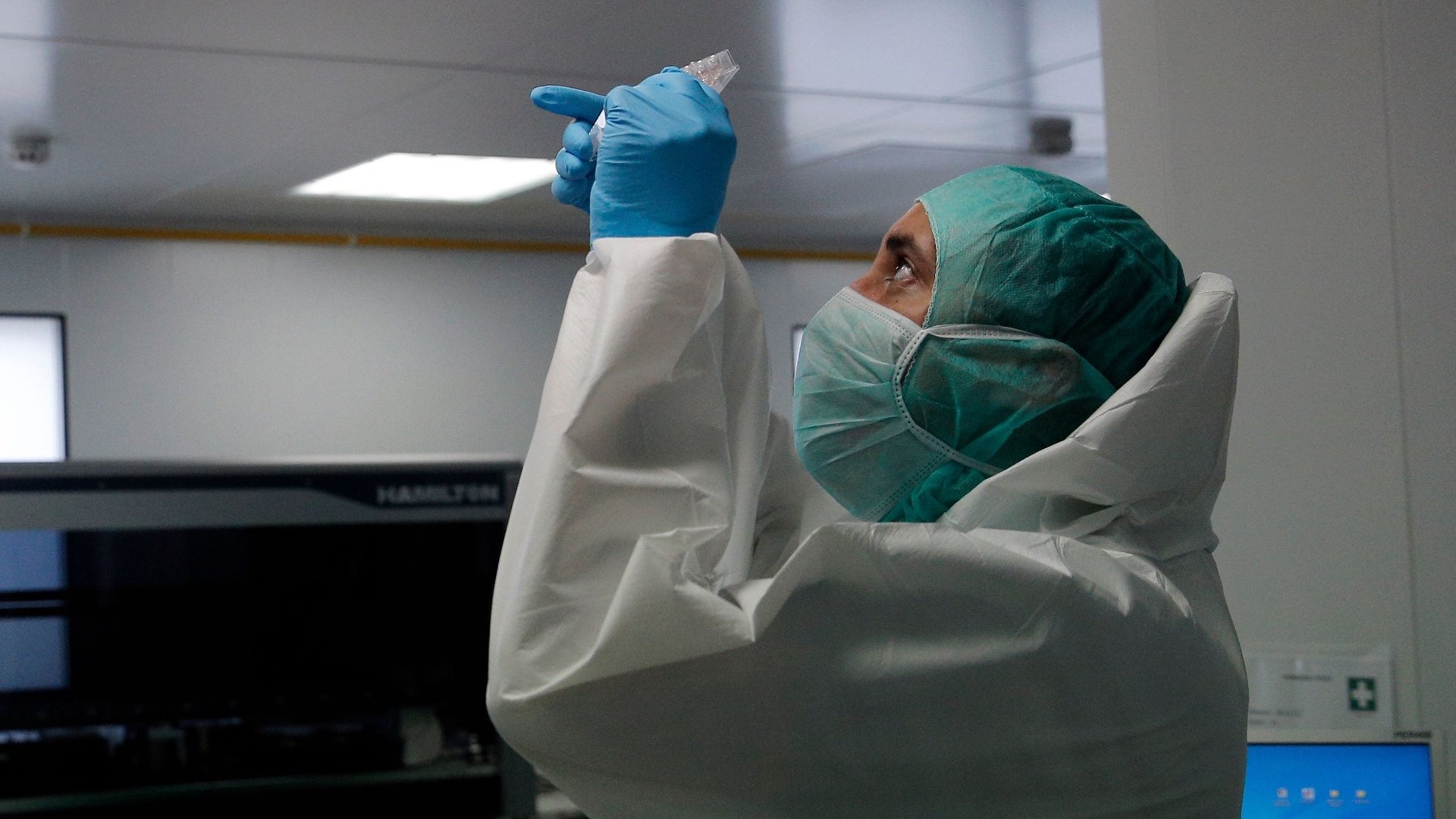Can genes change the way languages evolve?
Languages are dynamic. After just a few hundred years, the English of Chaucer looks bizarre to today’s readers.


Languages are dynamic. After just a few hundred years, the English of Chaucer looks bizarre to today’s readers.
The factors that drive language changes are familiar. Interaction with other languages: Roman conquest spread the influence of Latin across Europe. Metaphor: The description of a circle as “round” came to refer to a “well-rounded” individual. New needs: Technological change requires the formation of words like “internet.”
A new study proposes another, surprising mechanism behind language change: genes. A group led by researchers at Yale University wondered whether the presence of a gene called DCDC2, which has previously been shown to influence how sounds are processed by the brain, might have played a role in linguistic change over the millennia.
“Traditionally language change is not often attributed to genetics, full stop,” says Kevin Tang, a linguist who worked on the research.
The researchers aimed to do just that, by synthesizing a few working theories about the gene in question.
First, DCDC2, a gene found in nearly all vertebrates, has been connected to sound-processing in the brain. One particular variant of the gene has been associated, for example, with dyslexia (though that connection has been disputed). In one study, after scientists removed the gene in rats, they found that the timing of their neuron firings became less precise.
Turns out this kind of neural precision is also important for hearing the sounds of consonants. Vowels are drawn out, but consonants are staccato bursts of sound. So exactness is key. In addition, previous studies have isolated an area of the DCDC2 gene, called READ1, that appears to affect language processing in humans.
Every time a cell in the body replicates, it copies its DNA over to the new cell. Mistakes can happen, but when they aren’t detrimental to the body’s functioning, they end up getting passed on from cell to cell and from parent to child. When there are variations of a given gene spread through a species, they’re called “alleles.” A good example is your blood type: You get one blood-type gene from each biological parent. If your blood type is AB, that means you have one allele for A and one for B; if you are type A, you have two alleles for A.
DCDC2 also comes in alleles: two that have the READ1 section of genetic code, and one that doesn’t. The way that these variations of the gene are geographically distributed in humans provided the researchers with a second intriguing fact: the alleles with READ1 are less common the farther a population is from Africa.
Working from that body of research, the group set out to see if human languages exhibited any evidence of the proposed relationship of DCDC2 and consonant processing. They analyzed 43 distinct genetic populations—including, for example, Irish, Japanese, Yoruba, and Finns—and found that variants of the DCDC2 gene READ1 was stronger in those with more consonants in their spoken languages. This is even true controlling for geographic distance, meaning neighboring populations with fewer consonants are less likely to have the gene. And there is no relationship between the gene and vowels, which aren’t thought to be affected by DCDC2.
This is not to say that genes determine language, or that particular people are predisposed to learning particular languages. What the study found is the kind of subtle genetic effect that would lead to tiny, non-discernible differences over the course of millennia. Think of it as just one more factor leading to outcomes like whether a language tends, in a very slow way, toward short, snappy sounds or relatively long ones.
Indeed, any genetic influence on a given language will be far less apparent than the cultural factors that have normally been the subject of linguistics research. The effect of Roman conquest is obvious across dozens of languages. The evolution of metaphors is easy enough to track.
But if this finding holds up, theories of linguistic evolution will have to be updated to include the original natural selector, genes.